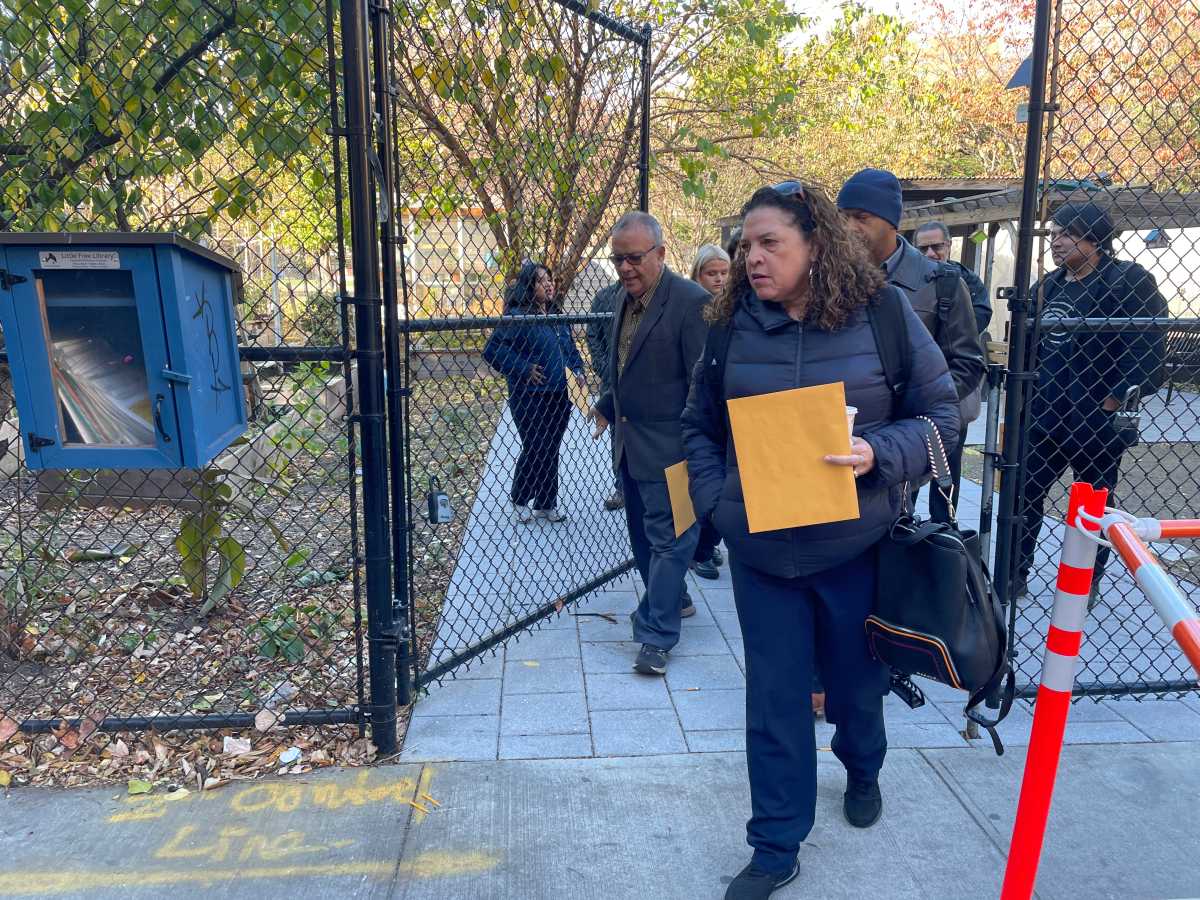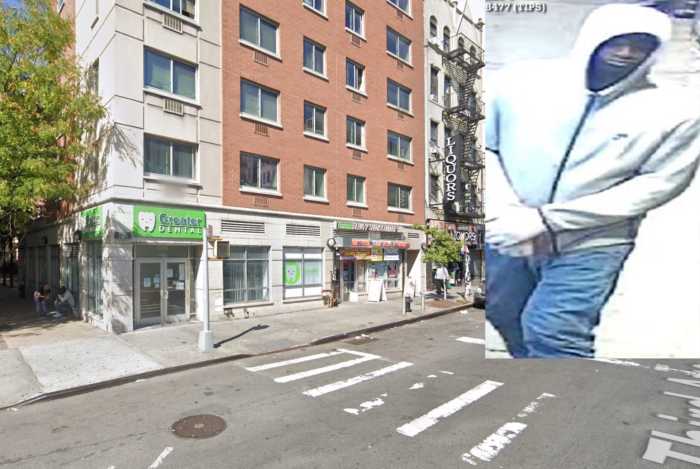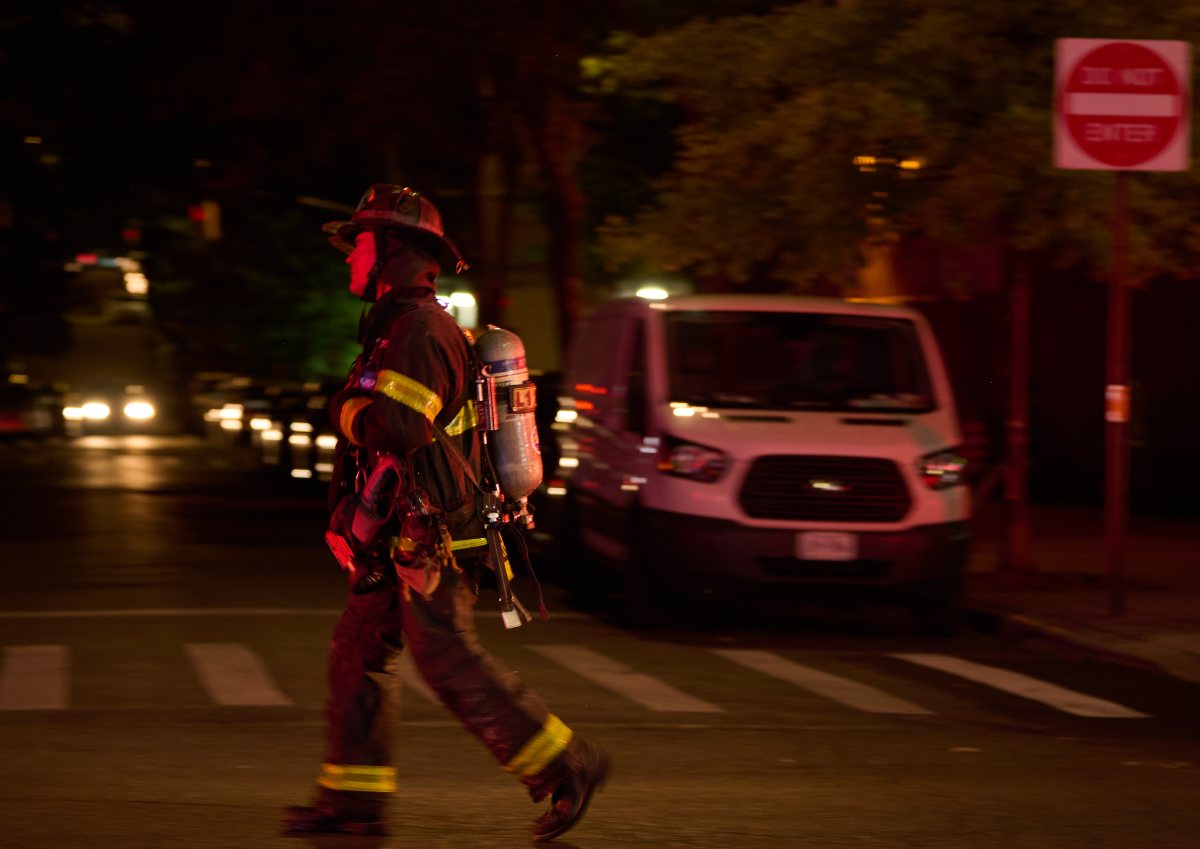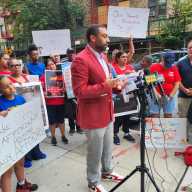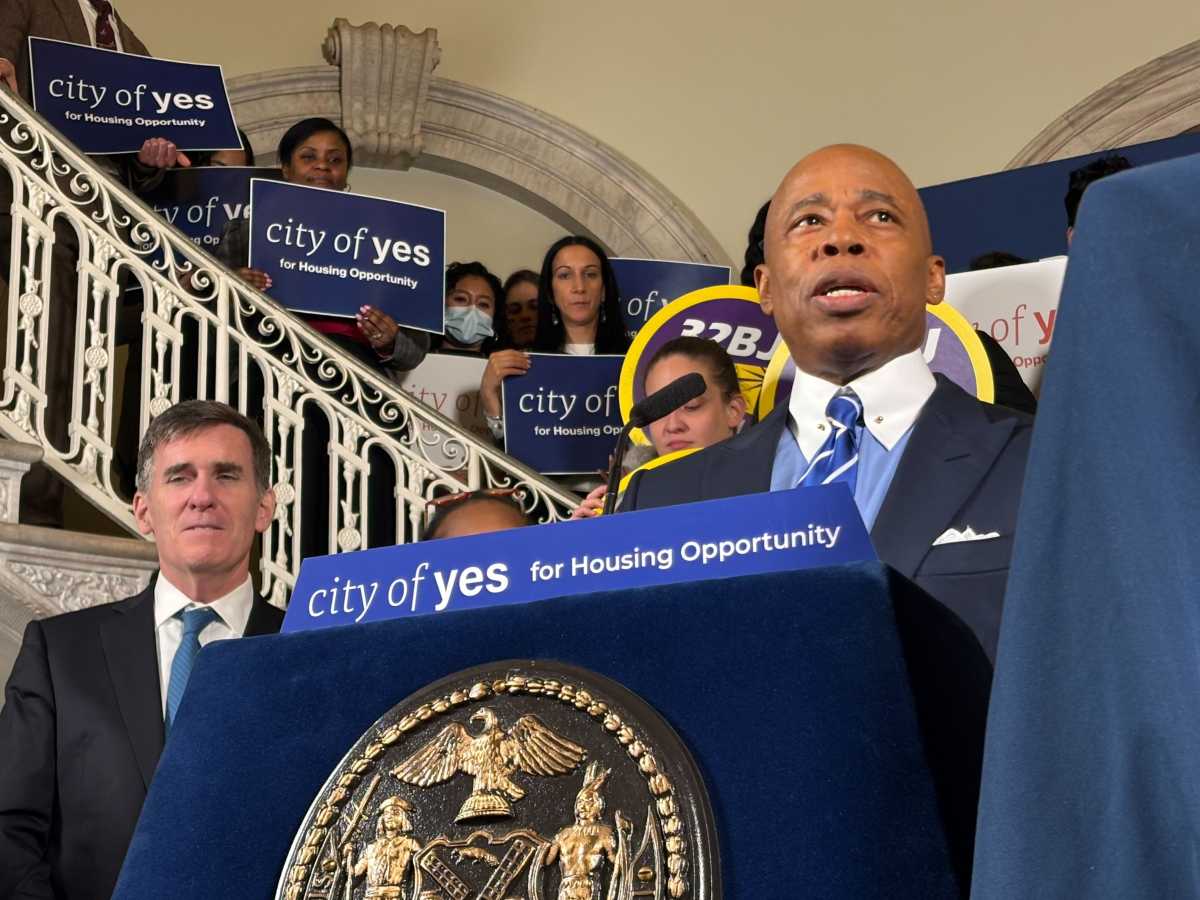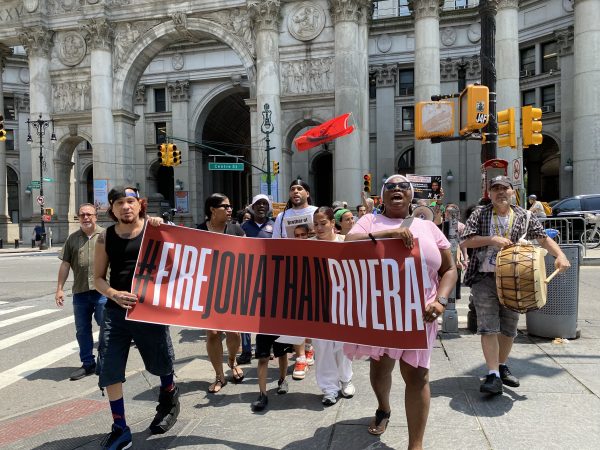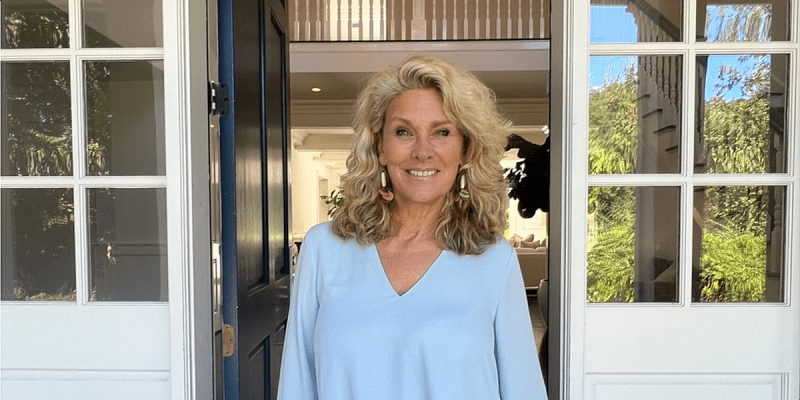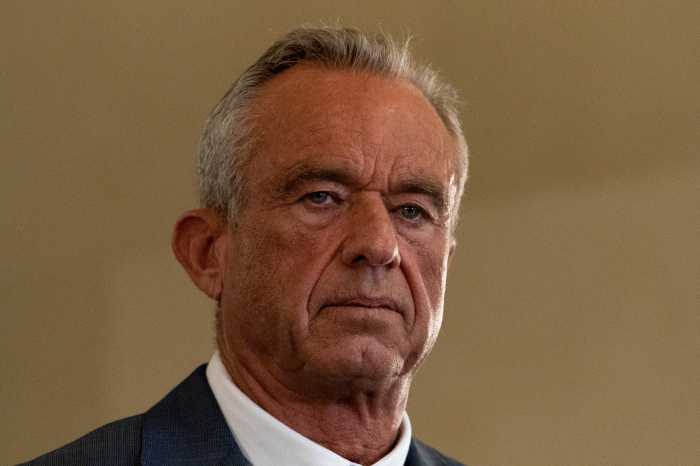Environmental activists in Melrose are accusing the New York Department of Environmental Conservation (DEC) of failing to adequately inform and involve the community in efforts to clean up a long-vacant lot contaminated with toxic chemicals from a dry cleaner abandoned decades ago.
The Melrose Environmental Awareness Committee, led by Bronx resident Angel Garcia, is trying to draw attention to the toxic site and seeks federal intervention. The group called on the Environmental Protection Agency (EPA) to push the state to improve communication with the community and expedite cleanup efforts. The site, classified as a “significant threat to public health or the environment,” is part of the state’s superfund program, which oversees the remediation of toxic waste sites.
In late November, the committee led EPA representatives on a neighborhood tour, highlighting the contaminated site and eight surrounding blocks identified by the DEC as potentially affected by the hazardous waste. The area encompasses an elementary school, a community garden, multiple religious institutions, local businesses, and thousands of homes.
“We don’t know that there’s any way to compel DEC,” Garcia said to the EPA officials on the tour. “They’re 160 miles away. We can’t stage a protest up in Albany every week. They know they can get away with what they want to get away with.”
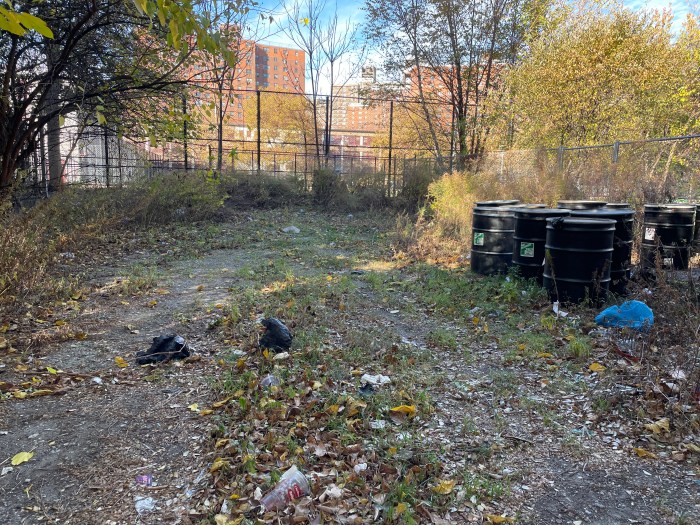
The NYSDEC, however, said that it has taken steps to address the site, stating that it has been conducting community outreach, testing the site, and developing a cleanup plan.
The agency shared with the Bronx Times fact sheets as well as lists of community stakeholders—going back to 2013—that the agency said it has been communicating with. The lists include state and local officials, Community Board 1 representatives, media outlets, community organizations, individual residents and business owners, which NYSDEC said were notified by USPS.
The NYSDEC provided a statement about the Melrose Avenue site cleanup and community engagement efforts.
“As part of ongoing community engagement work, and in response to earlier public concerns about notifications of work associated with the Former Melrose Dry Cleaners site, DEC continues to email updates to the stakeholder list,” NYSDEC officials said.
Still, residents of Melrose, members of Community Board 1 and local community organizations say they weren’t informed of the potential hazardous waste at the vacant lot on Melrose Avenue, indicating that the stakeholder lists are not current or far reaching.
Since 2022 the coalition of stakeholders, led by Garcia, has advocated for a different approach to engaging with the community, proposing a step-by-step solution that it hopes will reach far more community members than previous efforts.
NYSDEC tested the site and found groundwater contamination and contaminated soil vapor – the gas between soil particles. The compound of concern is tetrachloroethene (PCE), a chemical solvent used in dry cleaning which is a respiratory irritant, neurotoxin, reproductive toxin and possible carcinogen, according to research from Frontiers of Public Health.
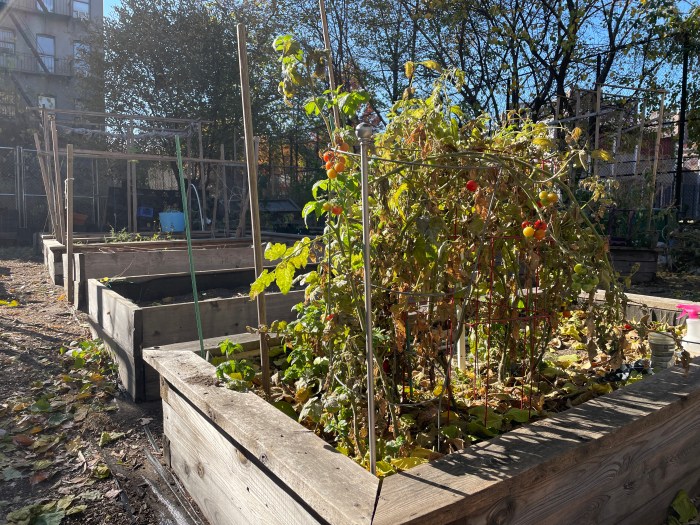
DEC documents indicate that the contaminated groundwater in the area is not used by the community for drinking or other purposes. The agency has also tested air quality in some surrounding buildings to monitor the potential migration of soil vapors. While tests to date have not detected dangerous levels of PCE in the air, DEC has identified eight additional buildings for testing during the 2024–2025 heating season.
The vacant lot, classified as a superfund site and officially designated as an Inactive Hazardous Waste Disposal Site, was targeted for cleanup and remediation in 2013. However, records show that investigations into the site date back as far as 2004. Under state superfund cleanup regulations, DEC is required to engage the community at key points in the remediation process to ensure participation and transparency.
Despite these requirements, DEC documents reveal a significant gap in community engagement. After sending required community notices in 2016, DEC did not update its contact list for stakeholders until August 2024, a span of more than eight years. During this time, the neighborhood saw substantial changes, including the election of new local and state representatives, shifts in community and media organization staffing, the opening and closing of businesses, and turnover in the residential population. This lack of updated outreach coincided with growing concerns raised by environmental activists beginning in 2022.
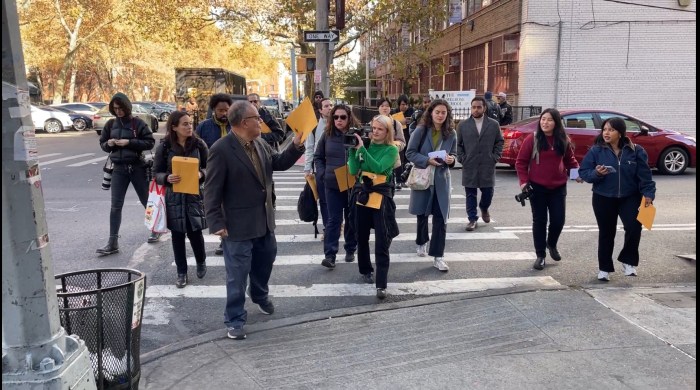
Stakeholders have urged the DEC to take measures to rebuild trust and keep the community informed. In an April 2024 email exchange between Garcia of the Melrose Environmental Awareness Committee and DEC officials, the committee requested several actions to enhance communication. These included distributing mailers, posting fact sheets in community spaces, hosting educational presentations, and holding in-person meetings to update the Melrose community on the contamination, its implications, ongoing cleanup efforts, and what residents can expect moving forward.
“We are the impacted community, and it is important that the agency implementing this multi-year project get to know this community in-person,” Garcia said in the email exchange. “All we have had before this Task Force are virtual meetings, and it led to our community getting very limited attention.”
Lisa Garcia, the EPA Administrator for the region that includes New York City, joined Angel Garcia on the November tour of the site and the surrounding area. She said that the EPA had a good working relationship with the DEC and hoped to facilitate a better relationship with the community.
“We know that communities get very frustrated because it takes so long to do the assessment, to figure out what the cleanup is, and to move forward,” Administrator Garcia said. “So, our job is going to be to talk to the state to figure out what has been happening since that assessment and if there’s any support that we can give to move things along.”
Angel Garcia said that this experience was another example of the double standard between the South Bronx and wealthier areas of the city.
“If we were Madison Avenue, the Upper East Side, upper income area of New York City, we would be getting an absolutely 180 degree difference in terms of the treatment, in terms of being informed and engaged and getting our health tested,” Angel Garcia said. “We haven’t gotten that. We feel we deserve the Madison Avenue treatment on Melrose Avenue.”

